Google recently showcased its latest offering at the Made by Google event in New York and immediately sparked the Google Pixel 8 vs iPhone 15 debate. While the upgrades of its latest flagship model over its predecessor might not be revolutionary, the subtle changes are bound to please fans.
On the other hand, Apple introduced the iPhone 15 lineup just a month ago. If you’re in the market for a new smartphone, the question arises: which one should you go for? The Pixel 8 and iPhone 15 serve as the fundamental models for Google and Apple, respectively. Let’s dive into a detailed comparison of these two devices.
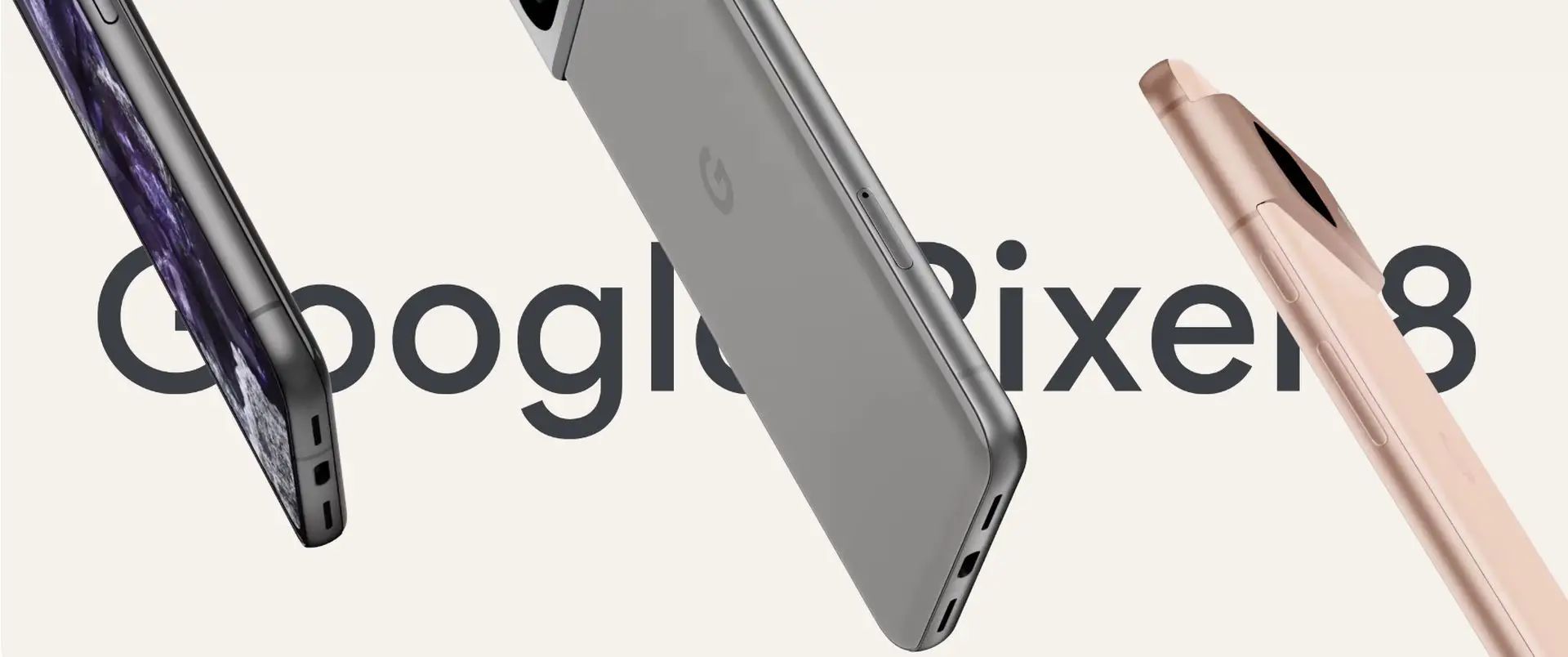
Key differences of the Google Pixel 8 vs iPhone 15 comparison
While comparing a model to one another, it is always sensible to take a holistic approach. Hence, below, you can check out the several aspects that the new models compare with each other. To start with, let’s take a simple one.
Google Pixel 8 vs iPhone 15: Specs
Let’s take numbers out of the way. Below, you can check out how all the specifications of each model compare to one another.
| Google Pixel 8 | Apple iPhone 15 | |
| Display | 6.2-inch LTPS OLED Actua Display1080 x 2400 resolution at 428 ppi
1,400 nits HDR brightness, 2,000 nits peak brightness |
6.1-inch Super Retina XDR OLED Display2556 x 1179 resolution at 460 ppi
1,600 nits HDR brightness, 2,000 nits peak brightness |
| Always-on display | Yes | No |
| Refresh rate | 120Hz – 60Hz | 60Hz |
| Colors | Obsidian, hazel, rose | Black, yellow, blue, green, pink |
| Storage and RAM | 128GB/256GB8GB RAM | 128GB/256GB/512GB6GB RAM |
| Processor | Tensor G3 | A16 Bionic |
| Software | Android 14 | iOS 17 |
| Rear cameras | 50MP main12MP ultrawide | 48MP main12MP ultrawide |
| Front camera | 10.5MP | 12MP |
| Biometrics | Under-display fingerprint sensorFace Unlock | Face ID |
| Battery | 4,575mAh | 3,349mAh |
| Charging | 27W wired18W wireless with Google Pixel Stand 12W Qi-compatible wireless charging 4.5W reverse wireless |
27W wired15W MagSafe wireless charging
7.5W Qi-compatible wireless charging 4.5W reverse wired |
| USB-C | Yes | Yes |
| Price | From $699 | From $799 |
| Available from | Google Store | Apple |
Google Pixel 8 vs iPhone 15: Design
When it comes to design, the Google Pixel 8 and Apple’s iPhone 15 maintain a familiar look from their predecessors.
The Pixel 8 bears a striking resemblance to its predecessor, the Google Pixel 7. However, there are subtle alterations. It now boasts more rounded corners and symmetrical bezels, along with a flat display. The traditional camera bar on the back, featuring a metal finish housing the dual camera system, remains intact. Google has introduced a new satin frame enclosure paired with a polished back glass, lending a glossy finish to the Pixel 8. The available colors for the Pixel 8 are obsidian, hazel, and rose.

Meanwhile, Apple’s iPhone 15 shares similarities with the iPhone 14, especially in its flat edges and diagonal dual camera layout. However, there’s a notable departure in the form of a new “color-infused” glass with a distinctive matte finish on the back. This matte surface is less prone to displaying fingerprints. The iPhone 15 also boasts more rounded edges, providing a more ergonomic and comfortable grip. Apple opts for an aluminum frame that resists fingerprints and contributes to a lightweight feel. The color choices for the iPhone 15 include black, yellow, blue, green, and pink. Among these, the pink option stands out.
Both phones exude a commendable aesthetic, but with a broader range of colors and the practicality of a matte back, the iPhone 15 takes the lead in this department of the Google Pixel 8 vs iPhone 15 comparison.
Winner: iPhone 15
Google Pixel 8 vs iPhone 15: Display
In terms of display, Google opted for a slightly smaller screen on the Pixel 8 this year. The Pixel 7 boasted a 6.3-inch display, while the Pixel 8 now features a 6.2-inch Actua LTPS OLED display, delivering a resolution of 1080 x 2400 pixels at 428 pixels per inch (ppi) and adhering to a 20:9 aspect ratio.
The Pixel 8’s display is further enhanced with a 120Hz refresh rate, and it achieves an HDR brightness of 1,400 nits, with a peak brightness soaring up to 2,000 nits. This new Actua display outshines its predecessor by 42% in terms of brightness levels.
Additionally, the Google Pixel 8 offers an always-on display featuring useful features like “At a Glance” and “Now Playing,” all safeguarded by Corning Gorilla Glass Victus.
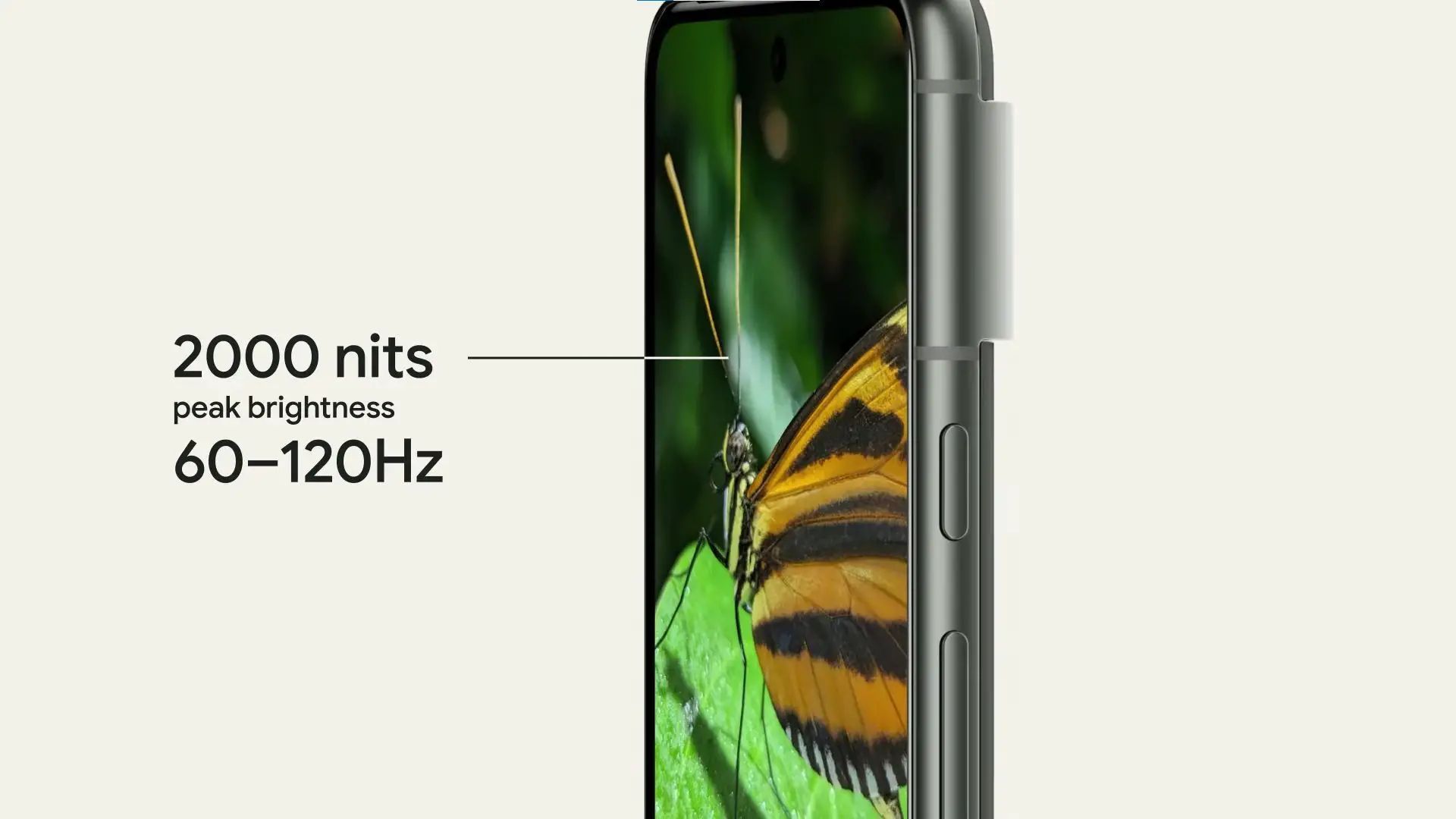
On the other hand, Apple’s iPhone 15 display, while respectable, may not fully justify its price point. It boasts a 6.1-inch Super Retina XDR OLED display with a resolution of 1179 x 2556, adhering to a 19.5:9 aspect ratio and providing a pixel density of 461 ppi. The typical brightness reaches 1,000 nits, but it can peak at an impressive 2,000 nits outdoors. The inclusion of the Dynamic Island, previously featured in last year’s iPhone 14 Pro models, sets a new standard for the iPhone.
However, despite its higher cost compared to the Pixel 8, the iPhone 15 lags behind in refresh rate, offering only 60Hz. This falls short of what the Pixel 8, and most Android phones for that matter, are capable of. While the display does deliver vibrant colors and crisp text, scrolling may not be as smooth, especially noticeable if you’re accustomed to a higher refresh rate. Additionally, the iPhone 15 does not support an always-on display mode, a feature that the Pixel 8 does offer, and loses this section of the Google Pixel 8 vs iPhone 15 comparison.
Winner: Google Pixel 8
Google Pixel 8 vs iPhone 15: Software and performance
The Google Pixel 8 sets off with Android 14 straight out of the box. It’s powered by Google’s new Tensor G3 chip, bolstered by the Titan M2 security coprocessor. Alongside, you’ll find a respectable 8GB of RAM and storage options of either 128GB or 256GB.
The Tensor G3 chip marks a significant leap in machine learning capabilities, being approximately 10 times more complex than its predecessor in the Pixel 6. Notable features of the Tensor G3 include the Call Screening function, adept at identifying and blocking spam calls. It also brings an enhanced Clear Calling feature for top-notch, crystal clear phone conversations, and the Audio Magic Eraser, capable of removing unwanted background noises from your videos.

Google is also making strides in future-proofing their devices. The Pixel 8 comes equipped with Android 14 and promises software and security updates for a commendable seven years. Additionally, Google will roll out Feature Drops, adding useful new functions to the Pixel 8 every few months.
On the Apple front, the iPhone 15 runs on iOS 17, supported by the A16 Bionic chip that made its debut last year with the iPhone 14 Pro models. It boasts 6GB of RAM and offers storage options of 128GB, 256GB, or 512GB.
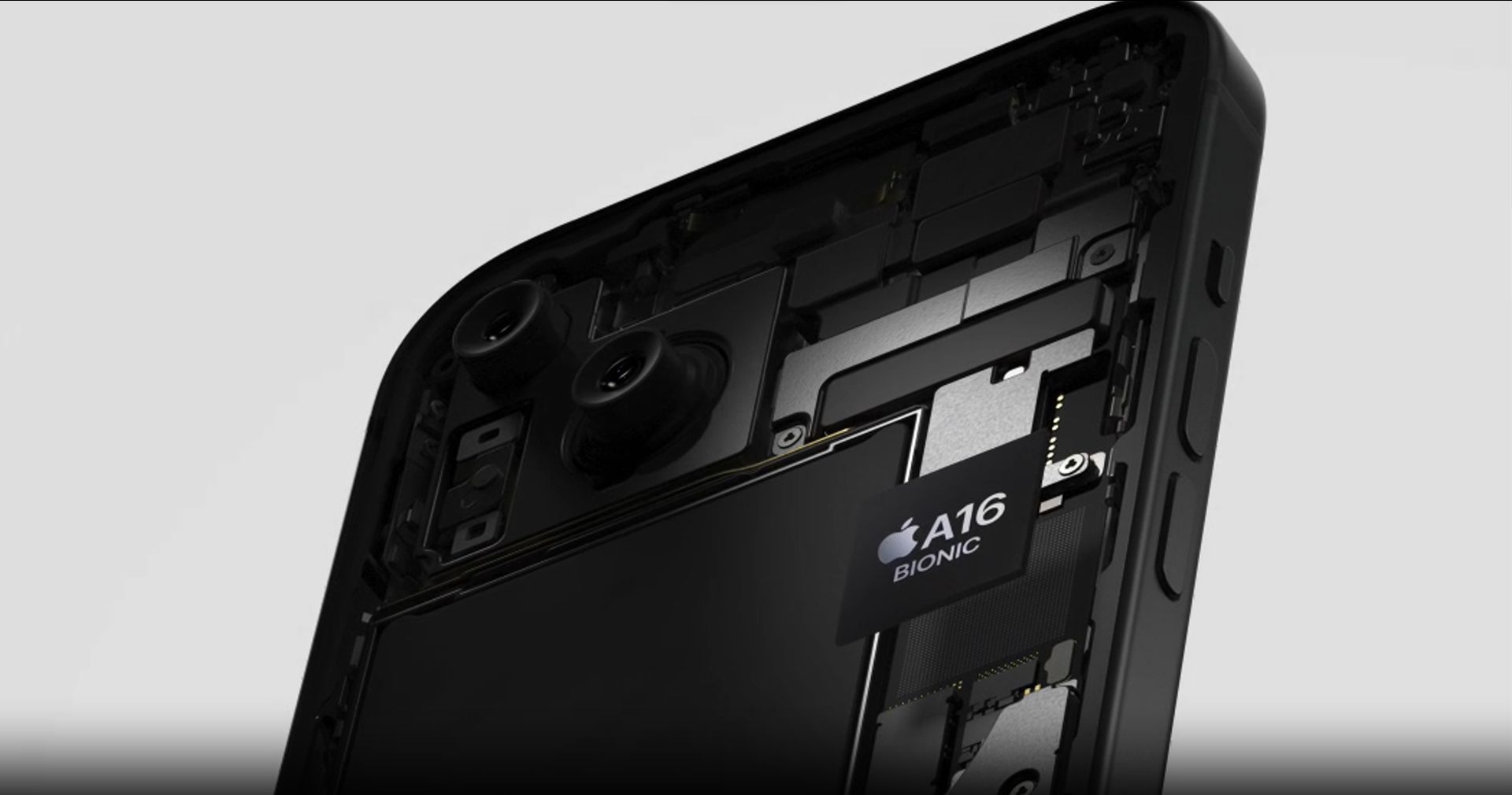
The A16 Bionic chip is known for its robust performance, and iOS 17 brings a suite of new features, including NameDrop, enhanced AirDrop, Standby mode, interactive widgets, Live Voicemail, and more. While it might be a more modest update compared to previous years, it brings a host of quality-of-life improvements. Apple also has a track record of supporting its devices for approximately six years on average, ensuring longevity for the iPhone 15.
Ultimately, the choice between the two boils down to personal preference for either iOS or Android. However, if pressed to choose a winner, the iPhone 15 holds the edge for now. The A16 Bionic chip has proven itself as a powerhouse performer, and while the Tensor G3 shows promise, its actual competition remains to be seen. While Tensor G2 faced efficiency and performance issues, it’s anticipated that these have been addressed for G3, though real-world testing will be the judge of that.
Winner: iPhone 15
Google Pixel 8 vs iPhone 15: Cameras
The camera setups on both the Google Pixel 8 and iPhone 15 are quite impressive.
The Pixel 8 features a 50MP main camera and a 12MP ultrawide lens. The main camera offers an f/1.68 aperture, an 82-degree field of view, and digital zoom capabilities up to 8x with 2x optical zoom. The ultrawide lens boasts an f/2.2 aperture and a wide 125.8-degree field of view. The dual camera system is equipped with single-zone laser detect autofocus, a spectral and flicker sensor, and both optical and electronic image stabilization on the wide lens. The selfie camera on the Pixel 8 is 10.5MP, with an f/2.2 aperture, fixed focus, and a 95-degree ultrawide field of view. It’s capable of recording 4K video at 24/30/60 fps.
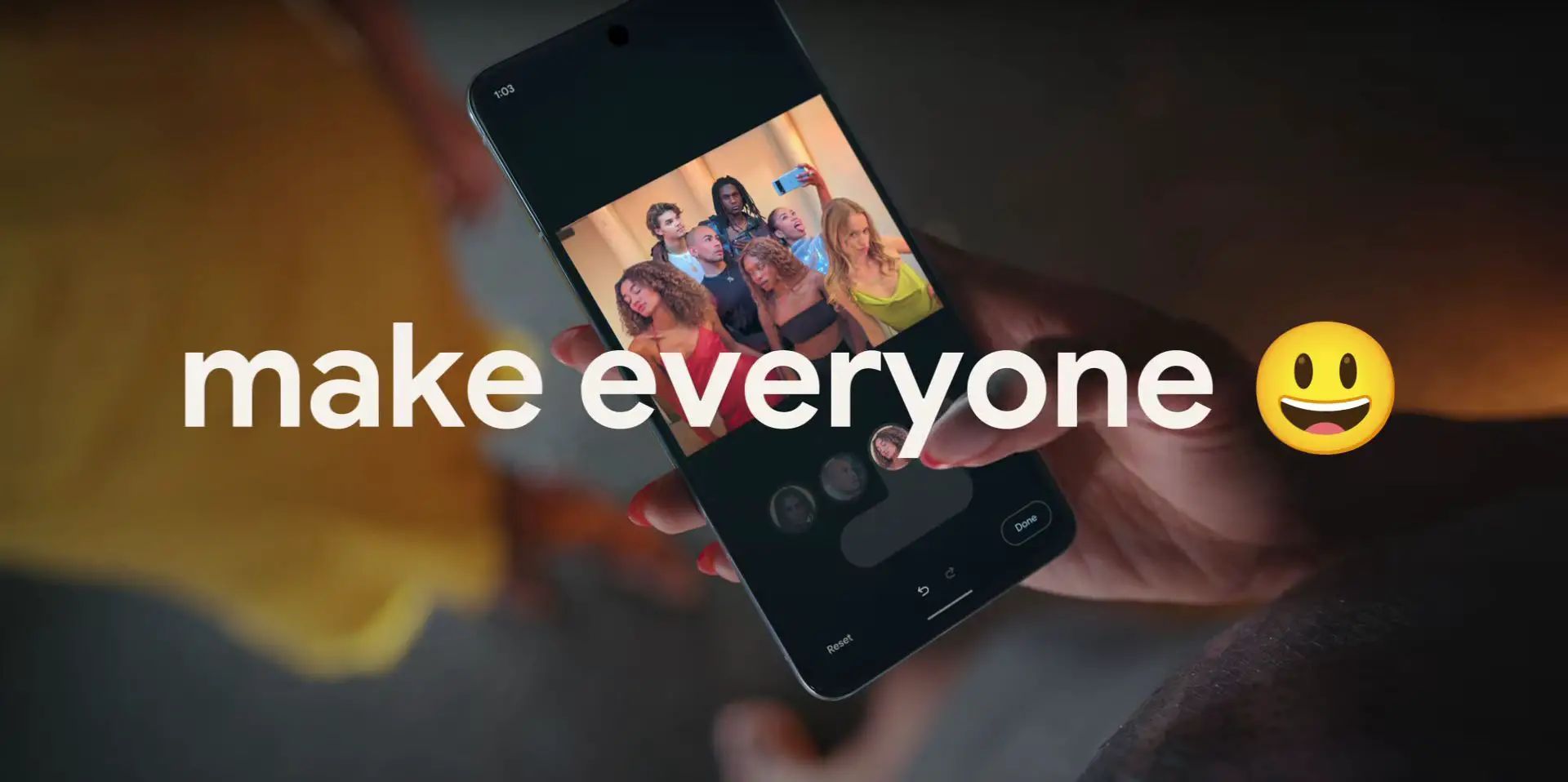
Google’s image processing enhancements promise vibrant colors and sharp details. New features like Macro Focus and Best Take further elevate the photography experience.
On the other hand, the iPhone 15 boasts a 48MP main camera and a 12MP ultrawide. The main camera has an f/1.6 aperture, while the ultrawide has an f/2.4 aperture. Despite lacking a dedicated telephoto lens, Apple has engineered 2x optical zoom with an impressive 10x digital zoom. The selfie camera on the iPhone 15 is 12MP, with an f/1.9 aperture and autofocus capability. It’s a notable addition not present in the Pixel 8.
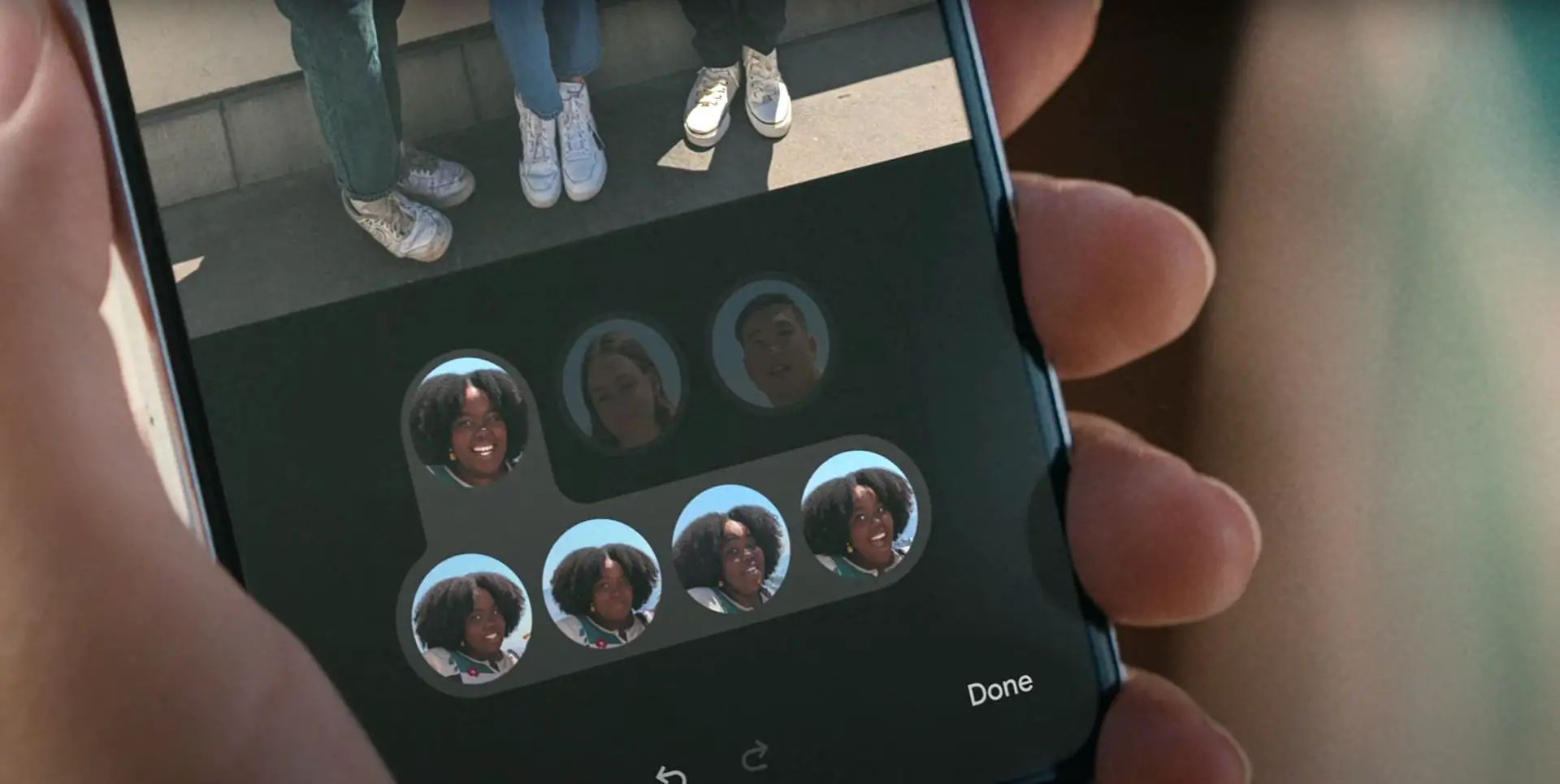
Apple’s Smart HDR 5 and Auto Portrait features demonstrate improvements in color reproduction and portrait photography. The video capabilities are also noteworthy, with options for 4K recording at various frame rates and the inclusion of cinematic mode and HDR video recording with Dolby Vision support.
While the iPhone 15 offers slightly more in terms of digital zoom and autofocus for the selfie camera, the Pixel 8 shines with its sharper 50MP main camera. Given Google’s track record in photography, both phones hold the potential for outstanding results. Until real-world tests are conducted, it’s fair to call this one a draw between the contestants of Google Pixel 8 vs iPhone 15 comparison.
Winner: Tie
Google Pixel 8 vs iPhone 15: Battery and charging
In the battery department, the Google Pixel 8 boasts a substantial 4,575mAh battery. Google claims a 24-hour battery life, extending to an impressive 72 hours with Extreme Battery Saver – a promise consistent with last year’s Pixel 7. Fast charging via USB-C is supported at speeds of up to 27 watts, providing a 50% charge in just 30 minutes.
For wireless charging, the Pixel 8 supports Qi-compatible chargers, achieving speeds of up to 18W with the Google Pixel Stand accessory. With other wireless chargers, it caps out at 12W. Additionally, the Pixel 8 offers the handy Battery Share feature, allowing you to wirelessly charge other devices at a rate of around 4.5W.
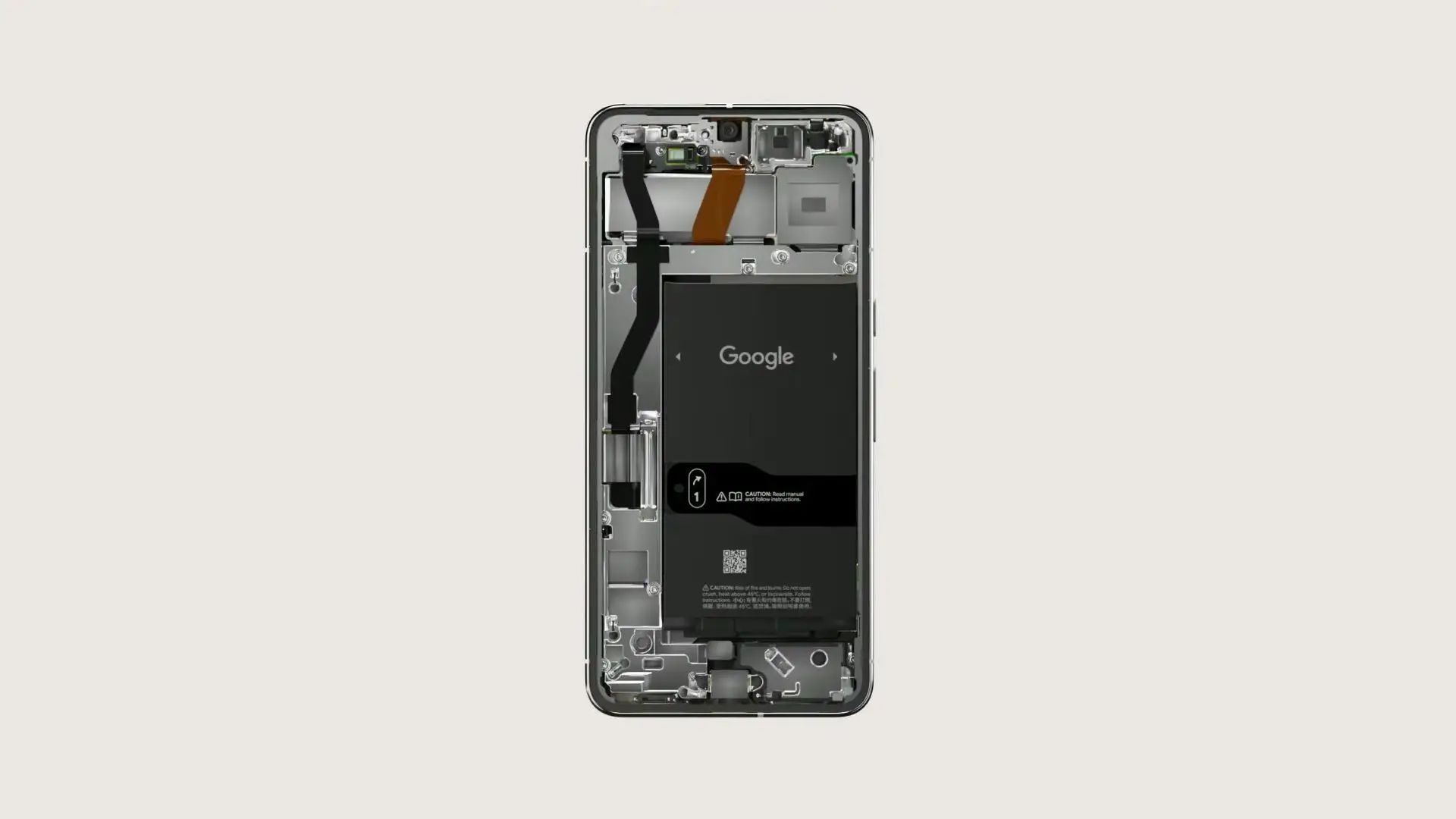
Moving on to the iPhone 15, it houses a 3,349mAh battery, which should comfortably see you through a day with moderate usage. This is a slight improvement over the iPhone 14’s 3,279mAh battery.
Apple has made a significant shift by replacing the Lightning port with USB-C, eliminating the need for a proprietary cable. However, charging speed remains consistent at around 20W, resulting in a 50% charge in 30 minutes.
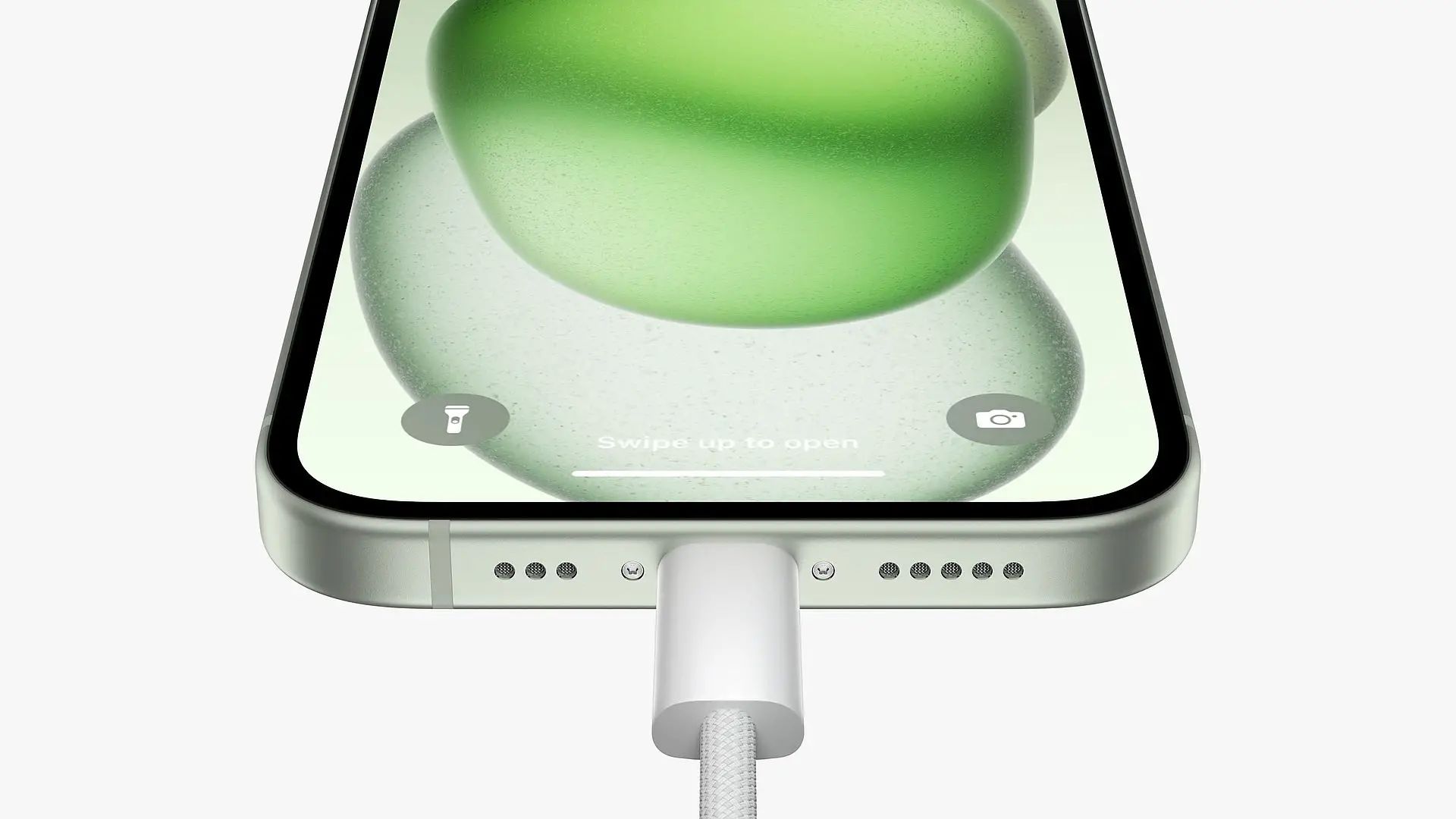
Wireless charging on the iPhone 15 includes 15W MagSafe charging and 7.5W with Qi-compatible pads. Apple has also introduced reverse wired charging, allowing you to charge other devices at a speed of 4.5W, provided you have the necessary cable.
While the Pixel 8’s battery life is yet to be independently tested, its substantial capacity, combined with the convenience of reverse wireless charging, puts it in a favorable position. With a larger battery compared to the iPhone 15, it secures the win in this category of the Google Pixel 8 vs iPhone 15 debate.
Winner: Google Pixel 8
Google Pixel 8 vs iPhone 15: Price and availability
The Google Pixel 8 comes with a starting price of $699 for the 128GB model, representing a $100 increase from its predecessor, the Pixel 7. This price adjustment is justified by Google, citing the inclusion of a new design, upgraded cameras, and the powerful Tensor G3 chip. The Pixel 8 is available in three elegant colors: obsidian, hazel, and rose.
Preorders for the Pixel 8 are currently open, and it will be widely accessible to the public starting on October 12.
Meanwhile, the iPhone 15 starts at $799 for the 128GB version. It’s offered in five colors: black, yellow, blue, green, and a particularly eye-catching pink. It was launched by Apple on September 22, and is available for purchase right now.
Google Pixel 8 vs iPhone 15: Verdict
The Pixel 8, priced at $699, offers a compelling package, providing a host of notable upgrades over its predecessor. The inclusion of a 120Hz display, despite being slightly smaller at 6.2 inches, represents a substantial enhancement from the Pixel 7’s 90Hz display. This, coupled with the doubled peak brightness, puts it ahead in terms of display performance. Comparatively, the iPhone 15 offers a 60Hz display for $100 more, which may be considered a less favorable trade-off between the Google Pixel 8 vs iPhone 15 comparison.
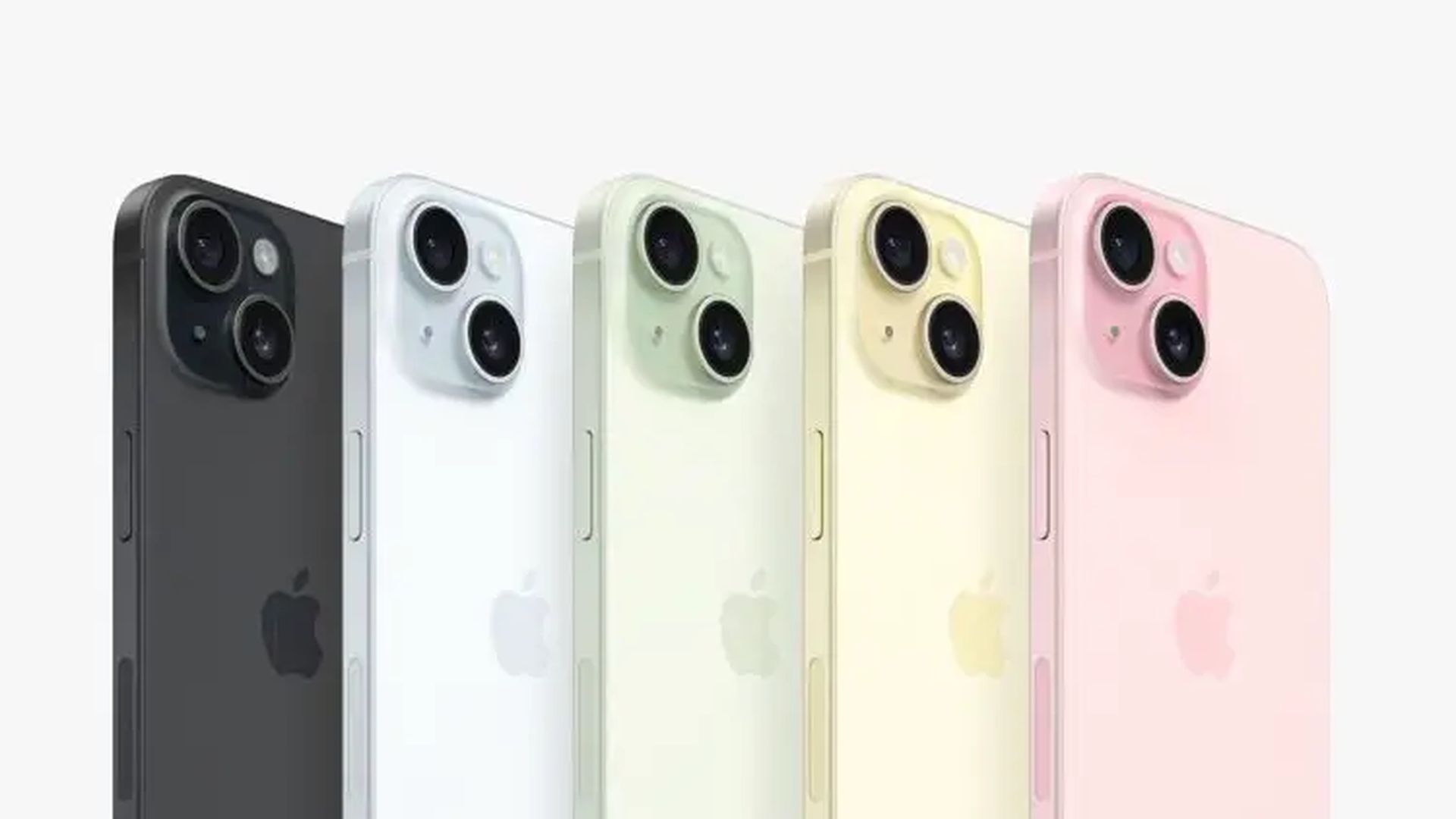
The camera capabilities on both phones are similar, with the Pixel 8 holding a slight edge with its 50MP main shooter. The addition of features like Best Take further elevates its photography potential. While the iPhone 15 introduces the Auto Portrait mode, the Pixel 8 remains highly capable in this department.
Battery life is another area where the Pixel 8 shines, boasting a substantial 4,575mAh battery compared to the iPhone 15’s 3,349mAh. Charging speeds via USB-C are comparable, but the Pixel 8 holds an advantage in wireless charging capabilities, unless MagSafe is preferred. Additionally, the Pixel 8 offers more convenient reverse wireless charging.
In summary, if you’re set on having an iPhone, the iPhone 15 stands as a formidable choice, combining expert design, exceptional performance, and user-friendly experience. However, if you’re inclined towards an Android device or prioritize getting the most value for your money, the Google Pixel 8 presents a compelling proposition.



